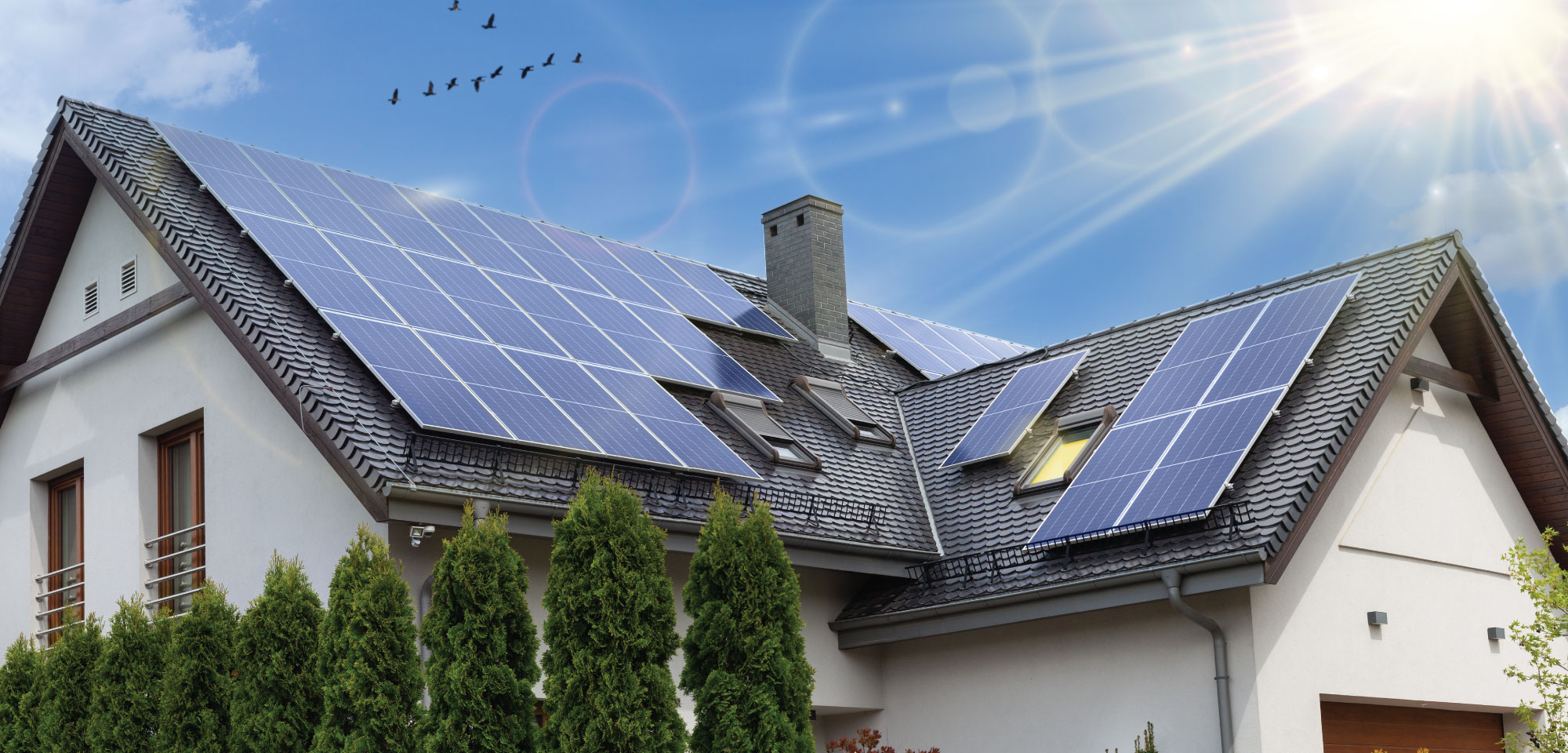The restaurant service robot sector is at an inflexion point, and robotics, combined with rapidly improving technologies such as A1 artificial intelligence, big data and biometrics, and cloud and mobile devices, brings a wealth of opportunities for a wide range of innovations. Rapidly improving technology means that better, smaller, smarter and cheaper will transform virtually every service industry. The robotics that is developed, especially those that include cameras, sensors and speech recognition, analytics and A1 technology, will provide the most interesting results.
Although it is not entirely clear what impact service robots will have on the industry, we do know that restaurant service robot will have the greatest impact at the micro level, micro level meaning the impact on individual customer needs. We also know that on a macro level, service robots will have a significant impact.
At the micro level, robots do not suffer from human error, and fatigue and react identically throughout the service environment. Service robots will be connected to CRM systems that will allow them to identify customers and therefore be able to provide customized services at scale.
Significant Impact at Market Level
Restaurant Service robots are expected to have a significant impact at the market level, and in a market economy, the cost savings of shifting service delivery from front-line staff to service robots can be largely rivalled and can lead to lower prices, better living standards and increased consumption.
Robot-provided services are predicted to dramatically improve the quality and availability of currently expensive and scarce services that are considered incredibly important to society’s well-being. These services include public transport, education and healthcare. We know that customers value service encounters, building trust, rapport and engagement, and providing both emotional and social value, but it’s estimated that up to 85 per cent of all customer interactions now happen without a human agent.
Future of Restaurant Service Robot
The global robotics market is expected to reach a value of $147.26 billion at a CAGR of 17.24% by the end of the forecast period 2017-2025. Many organizations are now realizing the potential of robotics for their organizations and are investing heavily. Cobots are advanced robots specially designed to work with humans, cobots have been in use since the 1970s and have been referred to as automatons, they are capable of performing simple tasks such as serving food from vending machines. A beverage vending machine would be referred to as a cobot because the process is fully automated.
However, recent advances in technology mean that cobots can do much more, and restaurants are already using cobots to simplify food ordering and payment options. There are many benefits to using cobots in restaurants, they can be used to prepare dishes using precise ratios of ingredients, greatly minimizing errors and waste. This helps restaurants to attract a larger crowd from different backgrounds and increase revenue. Robotic automation and Cobots in restaurants are great for automating repetitive tasks like washing dishes, serving food to customers, and keeping kitchen areas clean. One of the main benefits of automating robots in restaurants is improving the customer experience. Cobots will speed up processes in restaurants and diners will get faster check-in and check-out times. They also provide an engaging experience for diners, particularly humanoid robots such as Amy the Waitress, who will autonomously move around, take customer orders, interact with customers, deliver food and return plates back to the kitchen.






More Stories
How Much Do Solar Panels Actually Save You?
The difference in application of Data Science based on industry
Best agency for Mobile App Development in Dallas — nominal pricing and quality experience promised